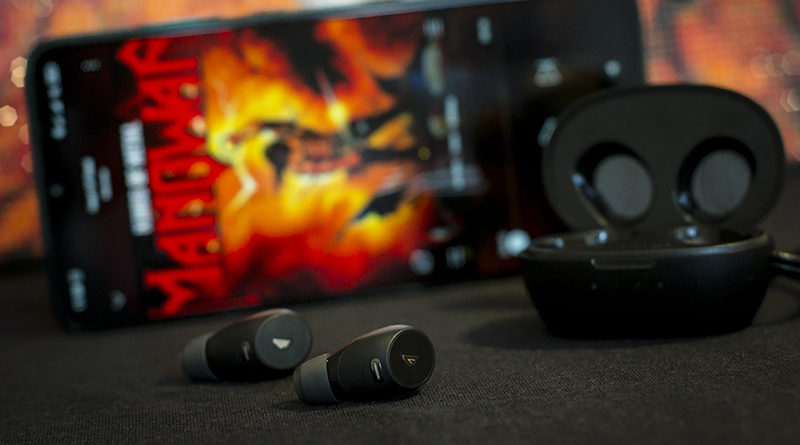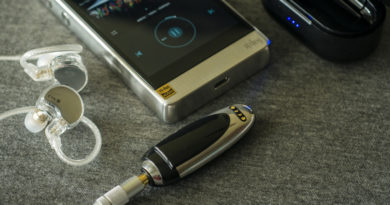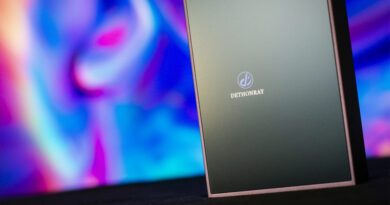DIVINUS OSTIA – great TWS contender

As TWS victorious march on mass market continues, even highest audio quality focused individuals (as us) are sometimes turning their heads to see whether wireless technologies are getting closer, or to find the most convenient compromise for a regular use. Large amount of TWS options that are currently available for purchase are always divided in three segments (at least in our heads): utilitarian TWS, musical TWS and wireless buds that would never serve a purpose for an audiophile (like Apple EarPods) due to its shortcomings in physical design and lack of latest high-grade codecs. The rest of the two can draw our attention but with lots of “if”.
Currently, we have came up with the following conditions for each of two types:
Utilitarian TWS: best to be high-quality earbuds with detachable cables (Ourart ACG, etc) accompanied by high-quality Bluetooth modules (like FiiO UTWS3, etc). In this case we are getting the most of audio quality with the latest BT audio codecs, ability to detach and change earbuds, good quality of phone calls, and the last and most important – buds are not creating vacuum and don’t make you feel uncomfortable throughout the day.
Musical TWS: it should be high-quality IEMs with latest BT audio codecs, with excellent fit and ergonomics.
Now, when we have defined TWS types, we can introduce our new review topic and try to define which type it belongs to…
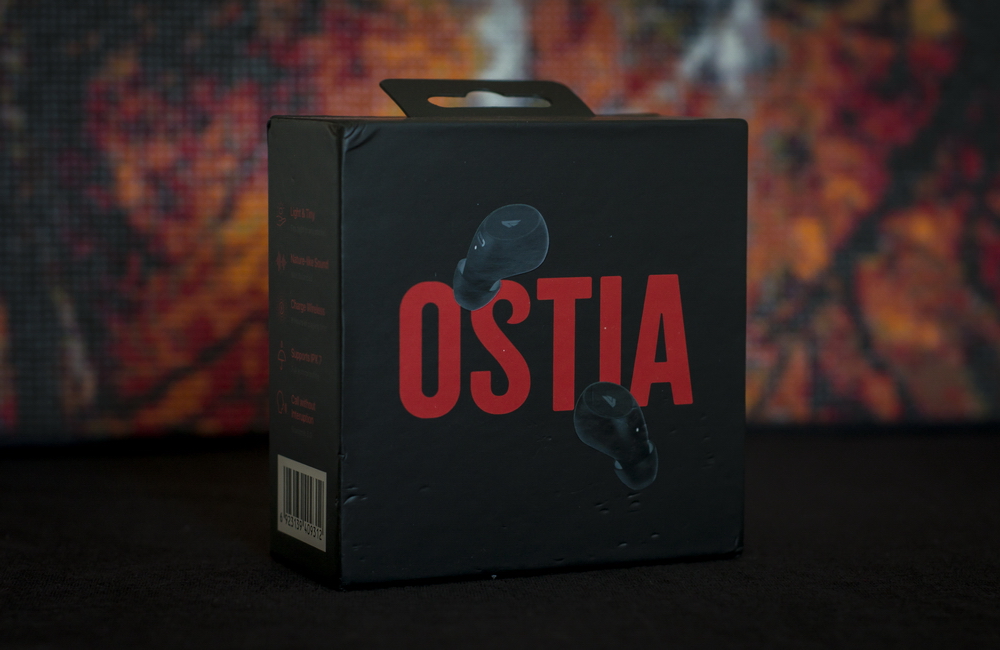
DIVINUS OSTIA (DVT-100) – TWS IEMs from quite new brand that has some essential peculiarities: first, it is from South Korea (R&D and QC are domestic), second – it is based on in-house DD driver and third – it is music-oriented TWS. Here is the link to official product page: LINK and here is the page to read about DIVINUS brand: LINK
OSTIA tech specs:
- IPX7 (perfectly finished housing protects product from water)
- Light weight, compact size, total weight 39.1g including charging case
- Custom designed DV1 driver (6mm DD Driver)
- Bluetooth 5.0 connection with TWS
- C-type charging port
- Wireless charging
- 20 hours of total usage time, 5 hours playtime per charging
- Voice assistant
- Touch control
- AAC/SBC codec supported
- In-ear type earphone
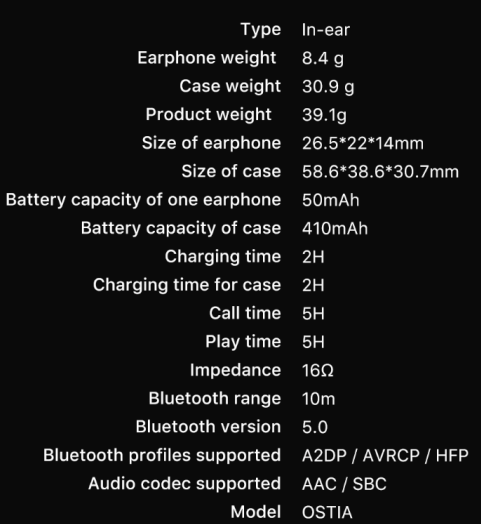
Official AFR:
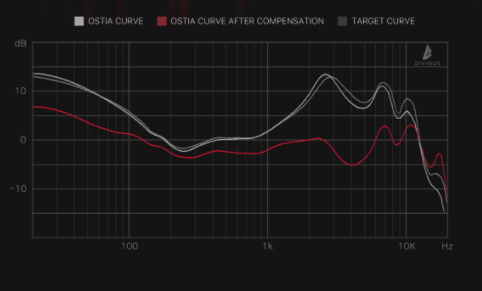
The most interesting parts in OSTIA specs is that it has IPX7 protection and wireless charging built in to its charging cradle. Although, no charging base is included. Furthermore, the absence of HD audio codecs makes us doubt its audio performance which we would describe in the sound quality section.
DIVINUS OSTIA available for purchase here: LINK
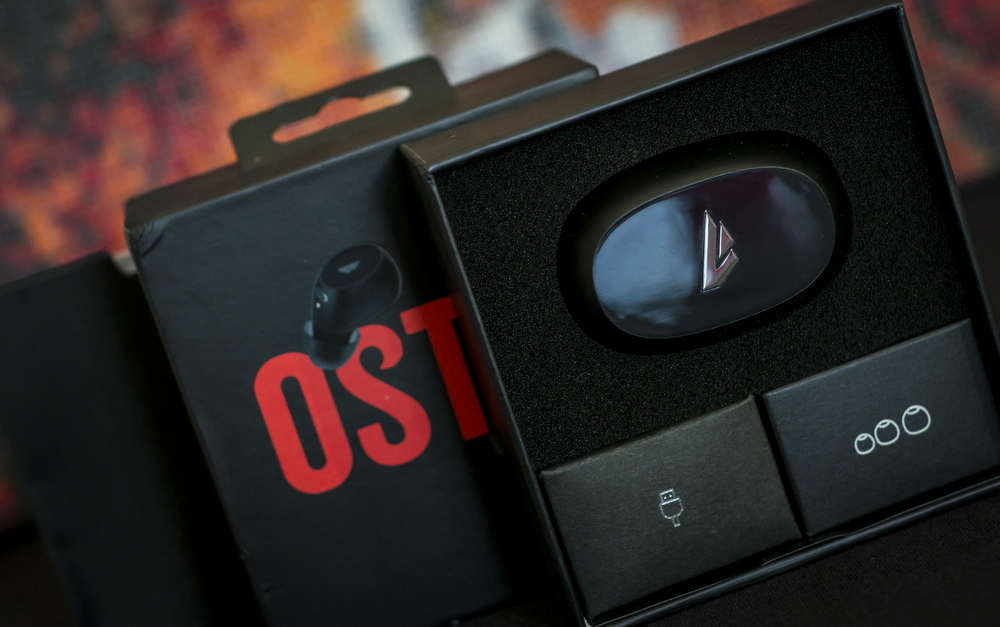
Packaging and design:
OSTIA comes in pretty small box that contains product graphics and information. Inner part of the box is split into two parts: one holds the cradle with IEMs inside and the other contains two boxes with the accessories. The full box package consists of the following:
- OSTIA cradle
- OSTIA IEMs
- 3 pairs of silicone ear tips
- USB type C charging cable
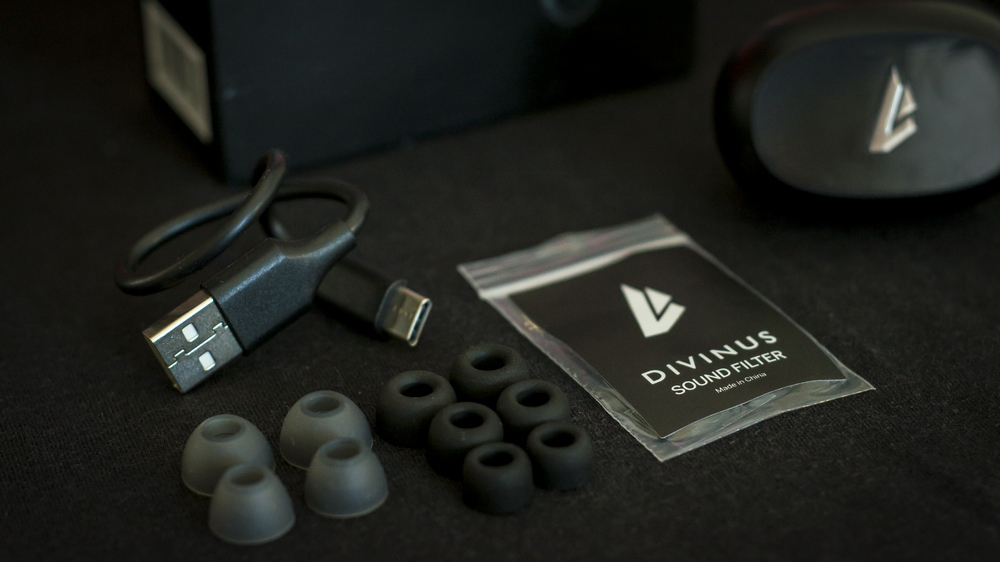
Along with this set, we have received a set of memory foam ear tips and a set of sound filters. As we’ve understood, those two are the options and can be purchased separately. We would say that sound filters should actually be a part of the product bundle since those act as a dust protection and significantly normalize sound performance on treble… Absolutely a must for OSTIA TWS.
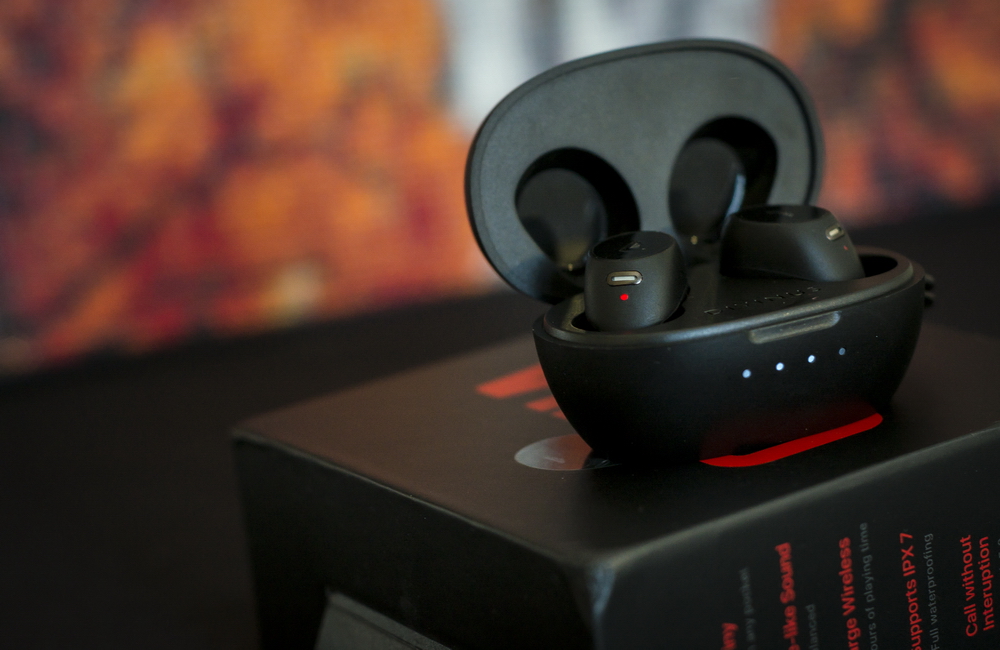
Both OSTIA cradle and IEMs are very compact in size and lightweight. Perhaps, the smallest cradle so far among all we’ve seen. Everything here is made of plastic with the main design element in a form of polished plate with shiny silver DIVINUS brand logo at the top/facing side. Cradle exterior is equipped with 4-segment LED charging indication, type C charging port and integrated carrying lace. Inner compartment has separate L/R IEM beds with magnetic charging pins.
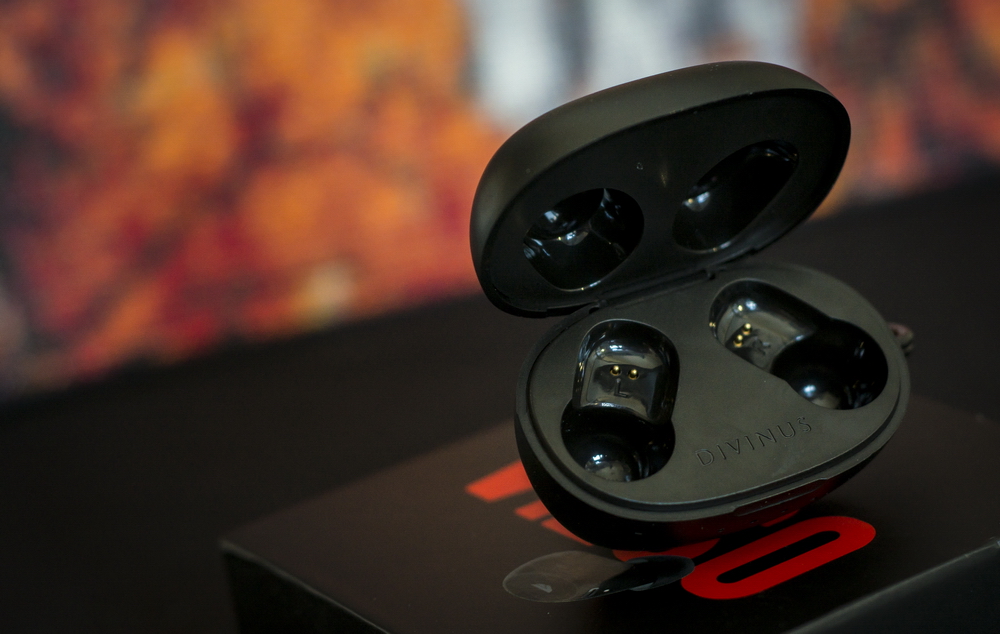
Magnetic force is enough to keep IEMs at place when cradle is opened and held up side down. Despite its low weight, cradle battery capacity is enough to charge a pair of IEMs 4 times. Considering that IEMs can last for 5 hours per charge, it gives around 20 hours of playtime in total.
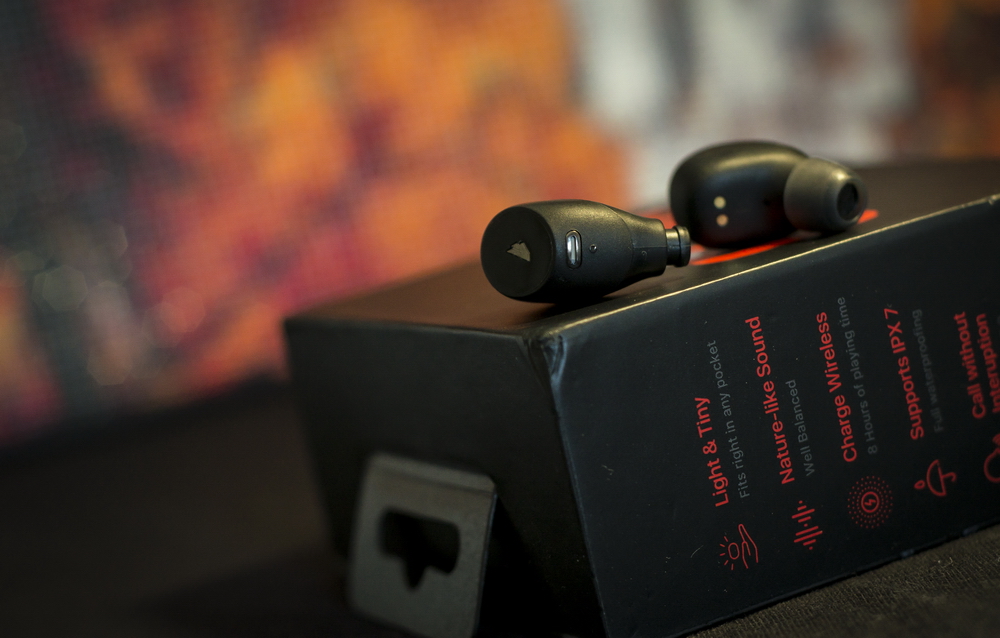
OSTIA IEMs shell is made of two perfectly aligned parts. Each channel is equipped with a mic under aluminum grill, channel indication, multi-color status LED, compensational opening, charging contacts and sound output nozzles. As mentioned before, nozzle opening are not protected by any means out of the box and require optional sound filters to be fitted. Shape of the nozzles is regular which makes it possible to use any common after market tips. Facing sides of each channel represent touch control sensors. All commands are listed in English user manual. Here we should state that most of the expected controls are embedded (start/stop, back/forward, pick up/hang up), except the volume. It adds some inconvenience since the volume can only be controlled from a source.
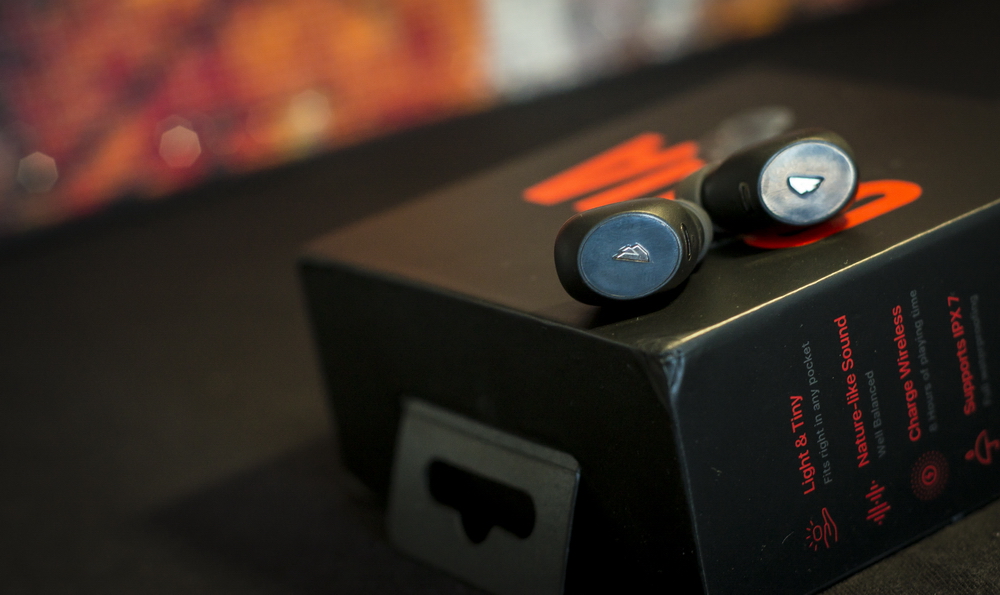
Fit:
OSTIA IEMs have good ergonomics and excellent universal fit. Nozzles are long enough, tips provided in 3 sizes and the weight is very small. No problems with the fit even during active movements. Moreover, considering that it has IPX7 protection – no worries about sweat or rainy conditions.
In use:
OSTIA cradle and IEMs takes the charge from empty to full for about 2 hours. Can be charged simultaneously. Pairing is initialized when IEMs are taken out from the cradle and there is no known source is available to connect to. Switch off happens when IEMs are placed back to its place. Each channel can be used separately or in pair. This logics works seamlessly, no problems met with Xiaomi smartphones as a source. Although, there is no multipoint connection function which means that IEMs would produce sound from only one source at a time. On the other hand, it would store multiple device in pairing memory for lighting-fast connection to any previous one.
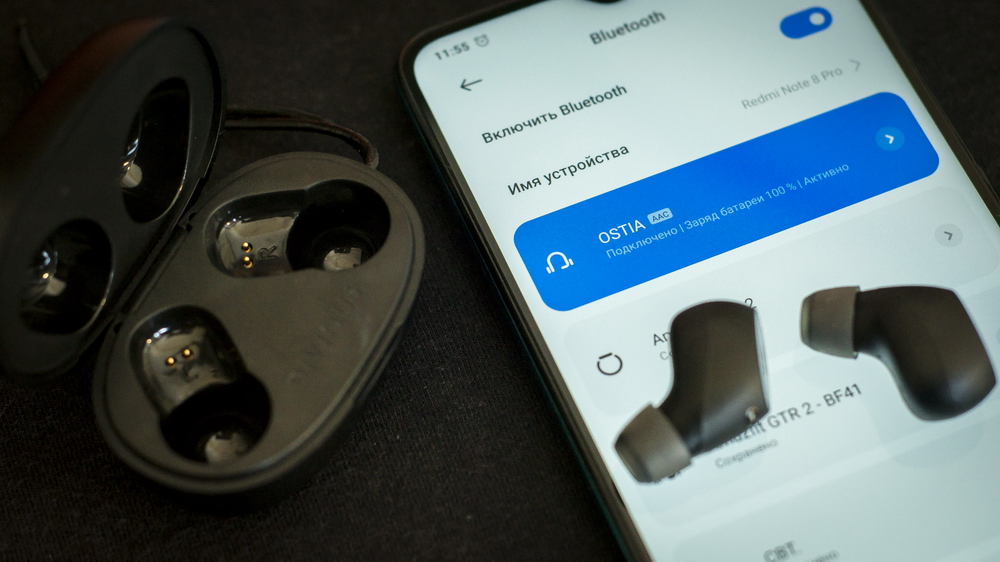
Touch controls and voice assistance work as expected, quite smooth and reactive. The only inconvenience with that might appear when removing and fitting IEMs from you ear – accidental single touch of facing plate might occur which would result in music start/stop or call pick up/hang up.
Mics are doing a good job in phone calls. No bad response from other party during calls in office or home environment and some light noise interruptions outside.
In overall, we like how OSTIA TWS are made, feel and perform in everyday usage scenarios. FW and logics made good, no errors or flaws in the performance, fast and stable connection and seamless IEM swaps.
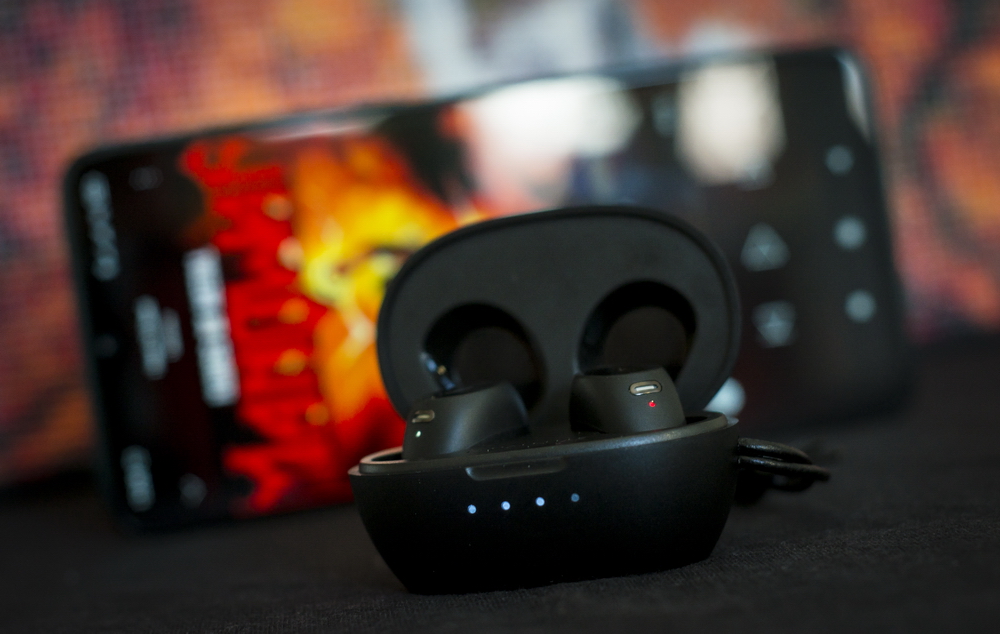
Sound quality in comparison…:
Due to the brand background and declared product qualities, we were expecting OSTIA to be musical enough to keep on par with IEMs with Bluetooth hooks combination or with musical TWS like TFZ X1, at least. And it appears to be somewhere in between. Bluetooth hooks like FiiO UTWS3 that support AptX codec, have dedicated amp and based on more advanced elements are several steps ahead of OSTIA in terms of sound quality, especially in retrieving textures /depth on lows and clarity / extension on treble. FiiO modules also bring more details and overall resolution over entire range and better dynamics / articulation in mid bass region. OSTIA feels more tending to show it V-shaped nature with excessive accent on treble and bass areas, lacking maturity and naturality on mids. But mind that FiiO UTWS3 were paired with such great examples of DD IEMs as Hidizs MS2, for instance. Such bundle has much higher price and much less convenient in everyday use.
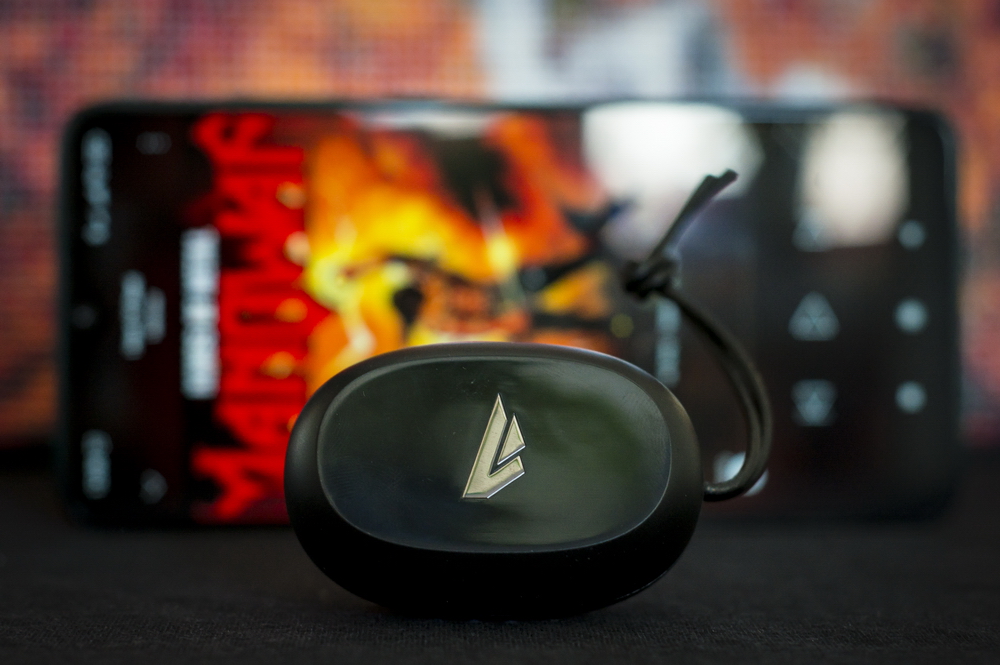
If to compare to TFZ X1 – another musical TWS with very similar specs – OSTIA keeps up very good and has some significant advantages in sound and overall performance. Sound wise, OSTIA is doing a better job on lows – extension is better, bass sounds deeper and more pronounced in overall. Treble is much closer in its performance, but slightly more delicate and less abrupt and straight-forward. Mids are quite similar, shifted back in both cases and emotional due to tendency towards upper mids area.
In overall, our conclusion that the sound quality of OSTIA is quite far from the best wired DD IEMs which we’ve got used to but its performance as TWS for everyday is very good. Sound quality in such scenarios is totally enough and what is the most important – user experience is close to perfect.
One more word about optional sound filters – it is a must for OSTIA IEMs. Treble section gets quite lisping with no filters attached.
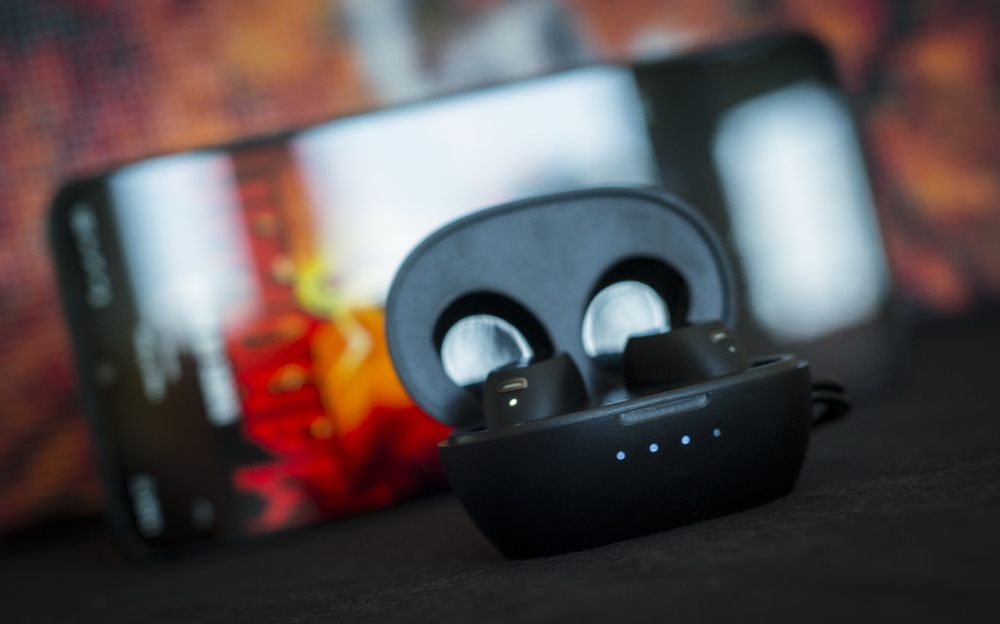
Conclusion:
The main conclusion for us is the proof that Bluetooth TWS are still a good option for general usage, but yet too young to play on wired audio IEM ground. On the other hand, OSTIA definitely belongs to TWS vanguard with the best user experience due to its stellar functional performance, excellent fit, convenient operations and good sound quality. It has the advantages in sound and logics over some more popular brands even despite being quite new to the market. Almost flawless first attempt, worth of attention for general use even on highly saturated mass-market. Audiophiles pass by, but less sophisticated listener should appreciate.
DIVINUS OSTIA available for purchase here: LINK

